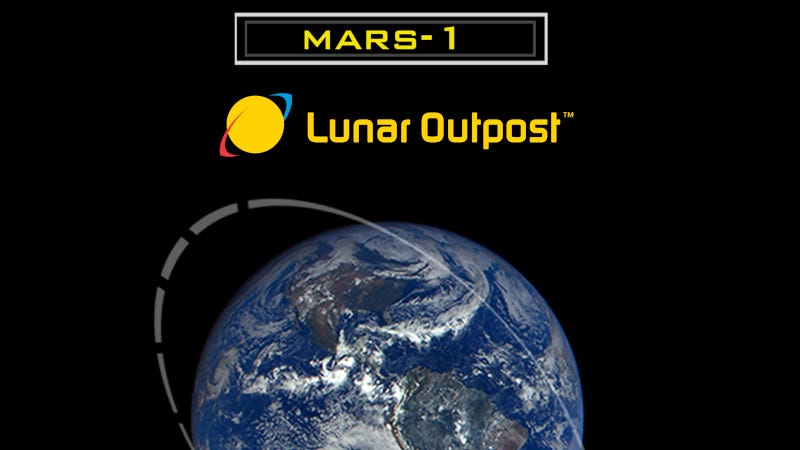MARS-1 Mission Will Show Autonomous Swarm Capabilities for USAF, USSF
Mobile Autonomous Robotic Swarms (MARS) Software Developed by Lunar Outpost
A mission to conduct decentralized, cross-domain swarm operations in low Earth orbit is being planned by Lunar Outpost that will demonstrate the ability to command robotic workforces that will establish infrastructure in space.
“MARS-1 is a strategic step forward, proving that we can empower robotics to work together autonomously in extreme environments.…
Keep reading with a 7-day free trial
Subscribe to The Journal of Space Commerce to keep reading this post and get 7 days of free access to the full post archives.



